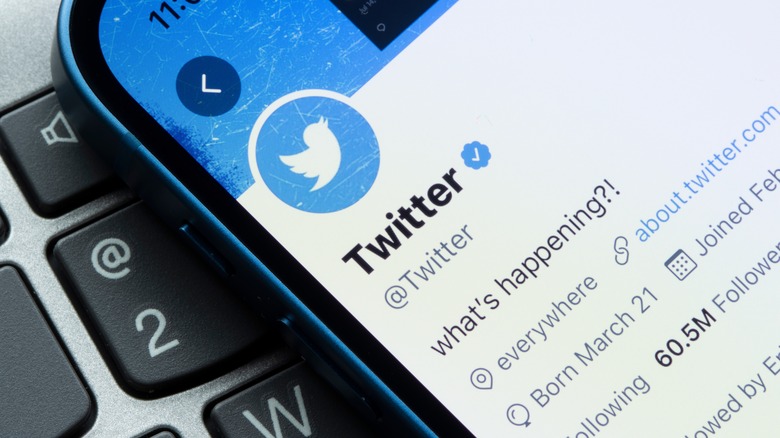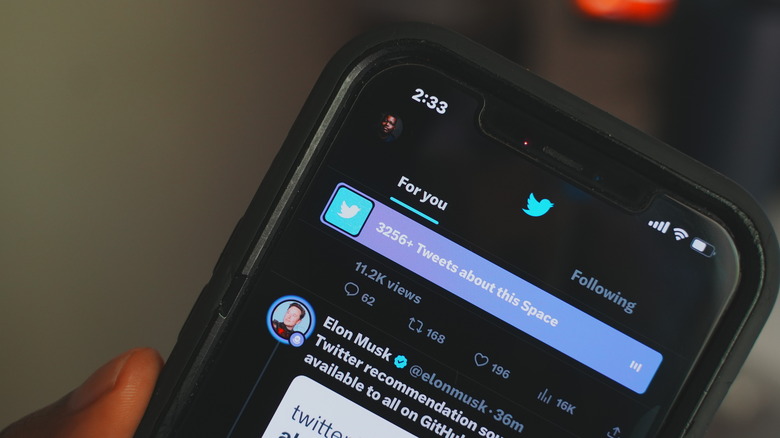Twitter Pulls Back The Curtain On Its Recommendation Algorithm
In the early days of Twitter, Facebook, and the like, your timelines primarily presented the latest status updates and posts chronologically and only from friends you added and followed. That standard changed some years ago when social media bigwigs largely decided for us that it knew best how to keep you engaged.
We started to see posts out of order, with some content from a day or two in the past appearing higher up the scroll than something posted mere hours or minutes ago. Those algorithms received a bigger shakeup when these companies started showing content from accounts you don't follow. And don't even get us started on all the ads sprinkled in.
In some ways, they were right. These changes, while grievously disruptive for some, ultimately resulted in higher overall engagement and user activity. It gave the "little ones" on social media a chance to be special, as any of their posts could reach virality should it command enough eyes and engagement from the random people who might happen across it.
Often, we're shielded from the inner workings of these algorithms. We know they're there, but we have no clue how they work. Perhaps it's best kept secret to ensure people can't game the system, but Twitter is refreshingly pulling back the curtains on how it decides what content to deliver to the "For You" tab in its apps.
How Twitter decides what to show you in the For You tab
At the operation's core is a three-pronged recipe that begins with what Twitter calls "candidate sourcing." It categorizes the best 1,500 Tweets into several lanes from both in-network and out-of-network sources, the former being those you follow and the latter being those you don't.
It's easy enough to pool together a bunch of Tweets from everyone you follow, but Twitter has to employ a logical formula for those you don't. It uses grouping sub-algorithms called "social graphs" and "embedding spaces" to determine whether a Tweet might be relevant for you based on several factors, including whether your friends follow them or have engaged with their posts, as well as the activity of people who have similar engagement patterns to yours.
Another element of this approach is embedding spaces, which dives deeper into your specific profile in relation to the community at large. Twitter recognizes more than 145,000 "communities" across its network and uses your profile to determine which of these you primarily belong to. Once ascertained, it delivers the most relevant and influential Tweets from others in that community. This could be anything, from politics and finance to gaming and sports.
After ranking Tweets in order of engagement likelihood and filtering out bad apples and misfits based on content, author diversity, your personal mute preferences, and more, it'll throw in a few personalized ads and deliver the resulting web to your timeline.

